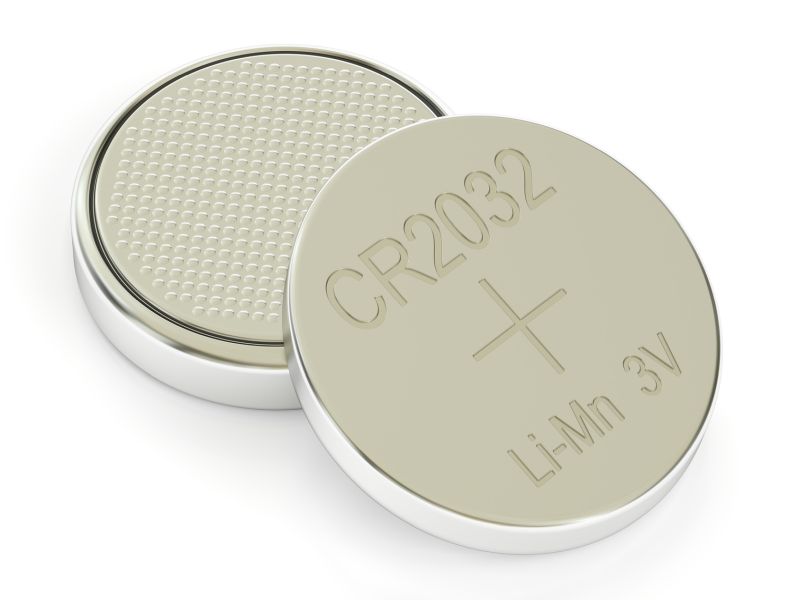FRIDAY, April 12, 2019 (HealthDay News) — About 100 kids a day are rushed to U.S. emergency rooms after accidentally swallowing a toy piece, battery, magnet or other foreign object, according to new research.
That’s almost twice as many as in the mid-1990s.
“The sheer number of these injuries is cause for concern,” said Dr. Danielle Orsagh-Yentis, lead author of the study published in the May issue of Pediatrics.
It reported that ER visits among kids under age 6 due to accidental ingestion rose by an average of more than 4% every year between 1995 and 2015.
Over that period, an estimated 800,000 kids in that age group were treated after swallowing foreign objects. Coins are the main culprit, followed by jewelry, batteries and toy parts.
In 1995, there were about 9 cases of accidental ingestion for every 10,000 children. By 2015, that figure had shot up to nearly 18.
So, what the reason for the surge — an actual rise in accident rates or are experts simply getting better at logging and reporting such accidents?
While the jury is still out, Orsagh-Yentis said, the answer is probably both.
Some products investigated — particularly the small circular batteries known as “button batteries” — are increasingly being used around the house or have become more readily available to consumers, she said. And, she added, it’s likely that the nationwide injury surveillance system is capturing more cases than before.
Orsagh-Yentis is a pediatric gastrointestinal fellow at Nationwide Children’s Hospital in Columbus, Ohio.
For the study, her team reviewed data on nearly 30,000 swallowing cases, then developed nationwide estimates.
Most cases — 62% — involved 1- to 3-year-olds, a time when kids are naturally curious about their surroundings and learn about it by putting things in their mouths. In all, 1-year-olds accounted for more than 21 percent of ER cases.
Just over half (53%) of the cases involved boys. And coins — most often pennies — were the most commonly swallowed object, accounting for almost 62% of accidents.
This was followed by toys (10%), jewelry (7%), and batteries (almost 7%). Almost 9 out of 10 batteries gobbled down were button batteries.
Nine out of 10 kids fared well in the ER and were able to be promptly discharged.
To reduce the risk of accident, safe storage and choosing age-appropriate toys are key, Orsagh-Yentis said.
“Keep small items, especially button batteries, high-powered magnets, and loose change, up, away and out of sight of young children,” she advised. “Check age recommendations on toy packaging to ensure the toy is appropriate for your child’s age. Read and follow manufacturer’s instructions for toy assembly and use.”
If you think your child may have swallowed something, first call your pediatrician for advice, Orsagh-Yentis suggested. And act fast.
“If you think your child may have ingested a button battery or high-powered magnet, go to your local emergency department as quickly as possible,” Orsagh-Yentis said. “Taking a picture of the ingested item or bringing in its packaging can be incredibly helpful to the physician treating your child.”
Morag MacKay, director of research for Safe Kids Worldwide, said it also can be helpful to try to see the world from your child’s point of view.
“Get on the floor so that you are at your child’s eye level,” she advised. Then, look for attractive nuisances.
MacKay, who wasn’t involved with the study, also highlighted the importance of considering a child’s age when buying a toy or game. Parents should make sure there are no small parts or other potential choking hazards before settling on the perfect toy, she said.
“We know that very young children love to explore and if something is in their hand, it usually goes in their mouth,” MacKay added. “[But] parents and caregivers can help reduce these preventable injuries with a few simple steps.”
More information
Safe Kids Worldwide offers more tips about childproofing safety.
Copyright © 2025 HealthDay. All rights reserved.

